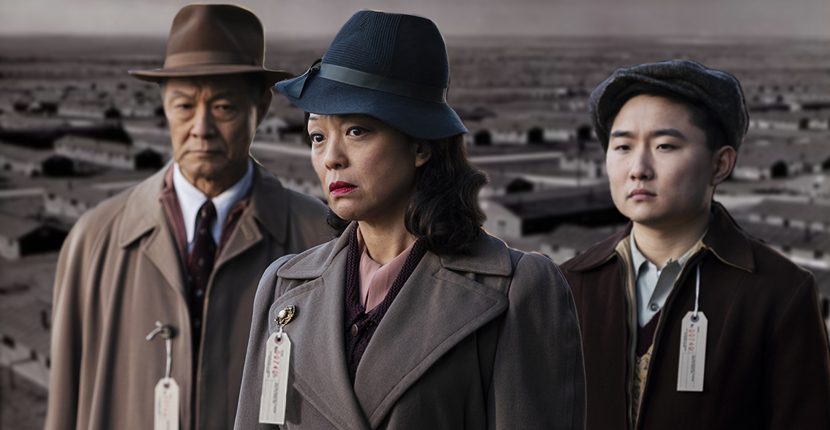The Terror: Infamy on AMC will spookily take place inside a Japanese-American internment camp. The American government’s forced internment of some 113,000 Japanese-Americans—two-thirds of whom were born in the U.S.–in isolated camps during World War II is considered a stain on the nation’s history, one that is all the more distressing because it was done under the cloak of government procedure and following a hastily enacted law.
The new season of the AMC Network series The Terror: Infamy, premiering on August 12 at 9/8c, takes place in one such camp, when a series of bizarre deaths haunt the community. There were 10 camps, their locations ranging from California to Arkansas. Families were forced to live in facilities surrounded by barbed wire and armed guards.
The context of this shocking chapter in U.S. history can be found in how war between the two countries was declared. On the morning of December 7, 1941, the Japanese military launched a devastating surprise attack on Pearl Harbor, bombing the U.S. Pacific fleet. More than 2,400 Americans were killed.
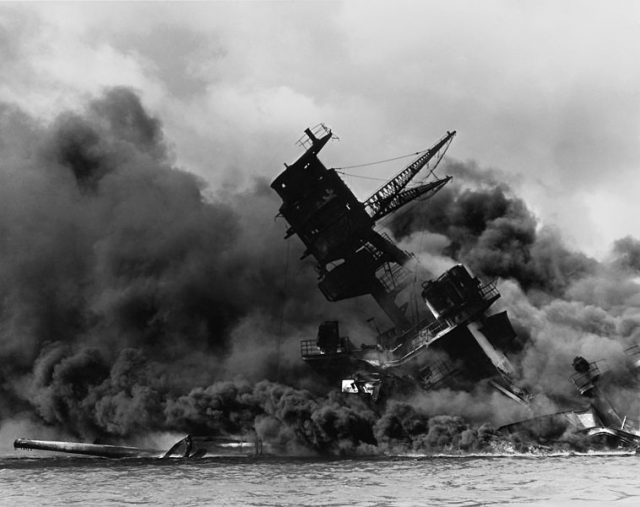
Of course a world war had already been raging in Europe since 1939. While the majority of Americans supported the cause of England, which was fighting Germany virtually alone after the collapse of France, an astounding 95 percent of Americans in one poll said they did not want their country fighting in a European conflict. This changed virtually overnight after Pearl Harbor.
Many Japanese American families lived on the West Coast, and soon government attention turned to their supposed disloyalty. No person of Japanese ancestry living in the United States was ever convicted of any serious act of espionage or sabotage during the war. Nonetheless, on February 19, 1942, President Franklin D. Roosevelt signed Executive Order No. 9066 empowering the U.S. Army to designate areas from which “any or all persons may be excluded.” From 1942 to 1945, it was the policy of the U.S. government that people of Japanese descent would be forced to live in camps.
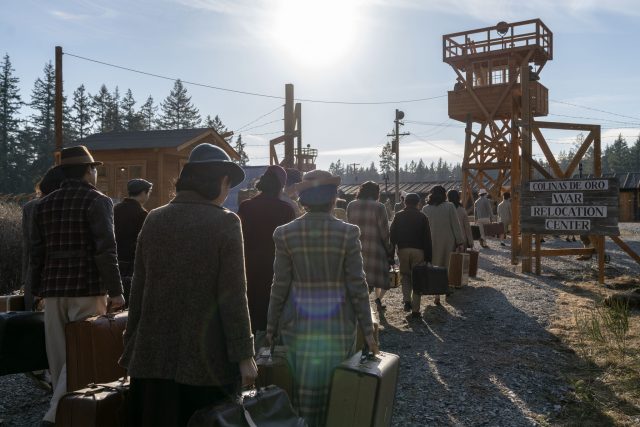
When the U.S. entered World War II, the enemy powers were the “Axis”—Japan, German, and Italy. Yet no families of German or Italian descent were ever forcibly relocated. There is little question that existing prejudice against Asians was a motivation in the internments.
Most of the Japanese immigrants in the U.S. had come from the countryside of Japan, beginning in the late 19th century. Most owned farms or opened small businesses. But from the start they faced hostility from some Americans. Discrimination included the creation of anti-Japanese organizations, attempts at school segregation, and violent attacks upon individuals and their businesses.
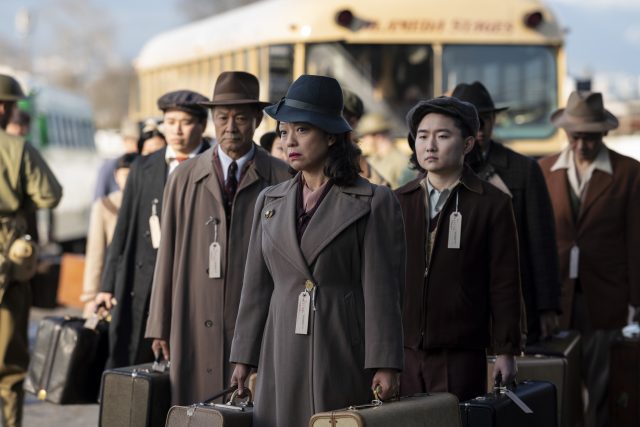
Some of the blame for Pearl Harbor lay in the U.S. military’s lack of precautions during a time when tension simmered between America and Japan. But instead some military authorities, feeling defensive, scapegoated Japanese living in Hawaii or on the mainland. Frank Knox, Roosevelt’s Secretary of the Navy, outrageously blamed Pearl Harbor on “the most effective fifth column work that’s come out of this war, except in Norway.” This scapegoating led to hysterical newspaper headlines about sabotage and imminent invasion.
Members of the Japanese American community were trying to establish their loyalty by becoming air raid wardens or joining the army. But it did not deter President Roosevelt. Military zones were created in California, Washington, and Oregon—states with the largest population of Japanese Americans—and Roosevelt’s executive order commanded the relocation of Americans of Japanese ancestry.
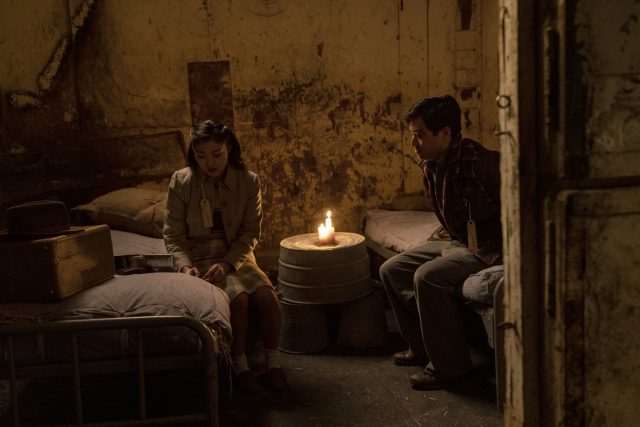
The method by which Japanese Americans were forced into these camps were harsh and brutally unfair. Families had no more than six days in which to dispose of nearly all their possessions, packing only “that which can be carried by the family or the individual.” This was defined as bedding, toilet articles, clothing, and eating utensils. Businesses had to be sold, forcing huge losses, and houses abandoned.
Actor and activist George Takei, a series regular and consultant on The Terror, has given interviews about his family’s experience and helped to educate about the reality of the internment camps. Takei, best known for his role as Sulu on Star Trek, was born in Los Angeles to parents also born in California. “We were Americans—we were citizens of this country,” Takei said to Democracy Now. “We had nothing to do with the war. We simply happened to look like the people that bombed Pearl Harbor. But without charges, without trial, without due process—the fundamental pillar of our justice system—we were summarily rounded up, all Japanese Americans on the West Coast, where we were primarily resident, and sent off to 10 barb wire internment camps—prison camps, really, with sentry towers, machine guns pointed at us.”
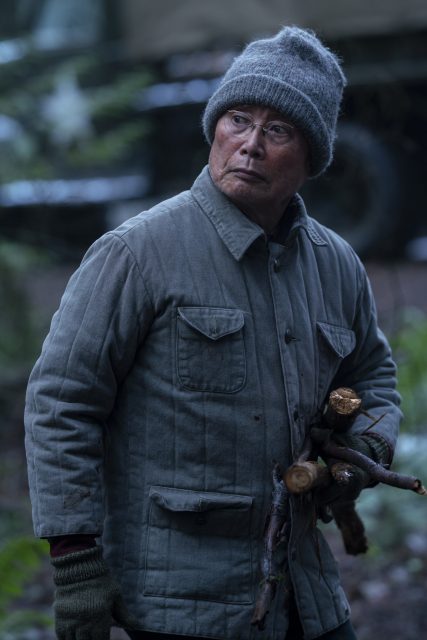
Takei went with his family to a camp established for Japanese Americans in the swamps of Arkansas at the age of five, and he did not leave until he was eight. At first his father told him the family was going on a vacation. “We adjusted to lining up three times a day to eat lousy food in a noisy mess hall,” he said.
Initially the Japanese American families reported to centers, which had until very recently served as fairgrounds and racetracks, with buildings not meant for human habitation. Families, including young children, the disabled, and the elderly, slept in horse stall or cow sheds reeking of manure.
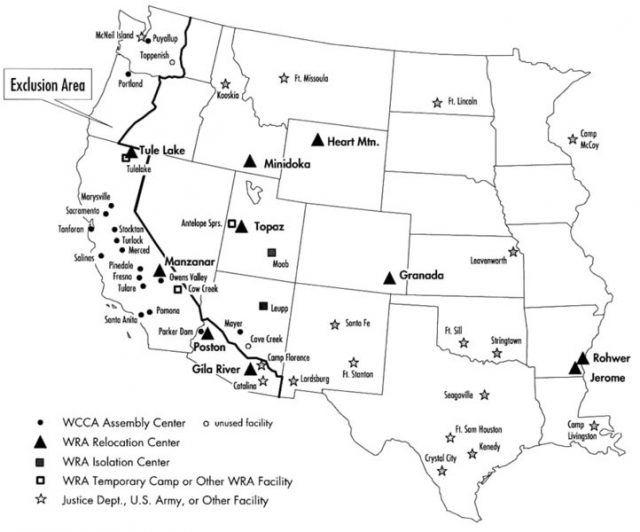
The actual camp a family was assigned to was called a “relocation center.” In modern times, some critics have urged that all euphemisms be halted and the places be called by their correct name: “concentration camps.” Each was its own town, with schools and post offices as well as farmland for growing food and keeping livestock, but always surrounded by barbed wire and guard towers.
In some of the camps, located primarily in desolate parts of the West with severe climates, families lived in buildings without plumbing or cooking facilities. Overcrowding was a crisis, with more than 20 people often forced to occupy a space meant for 4. Medical care was insufficient.
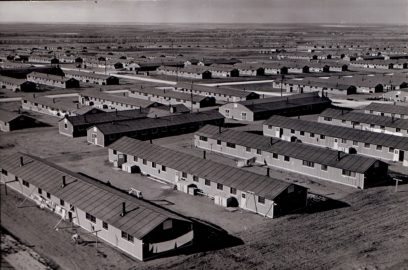
The Terror is set in one such camp on the West Coast, where an “uncanny specter” menaces the Japanese American community forced to live there. “I’m deeply honored to be telling a story set in this extraordinary period,” co-creator Alexander Woo said in an interview with The Hollywood Reporter. Check out the trailer for the new season of The Terror here:
By the end of 1945, nine of the ten camps were shut down, the last year of World War II. But returning to society was very difficult.
“We lost everything,” Takei said. “We had been given a one-way ticket and twenty dollars.” His family tried to return to Los Angeles, but they were denied housing everywhere and his father could not get any other job but dishwasher in a Chinatown restaurant. They lived in a Skid Row apartment. “It was a horrific, traumatic experience,” said Takei. His younger sister even said, “Mama, let’s go home,” meaning the Arkansas camp.
Related Article: The Japanese ‘Schindler’ who Saved Thousands of Jews from Concentration Camps
In 1988, President Reagan signed the Civil Liberties Act to compensate more than 100,000 people of Japanese descent who were incarcerated during World War II. The legislation offered a formal apology and paid out $20,000 in compensation to each surviving victim.
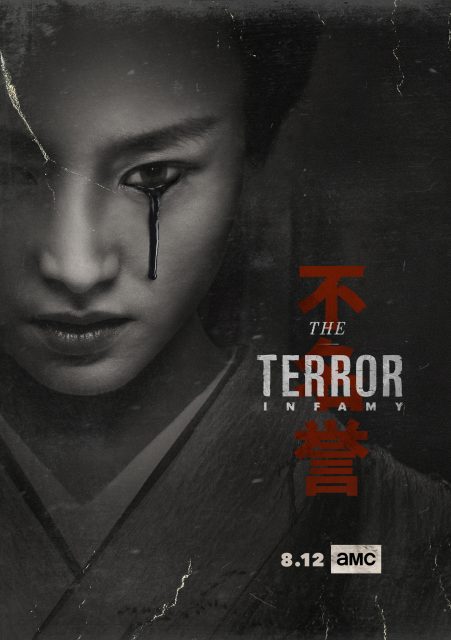
The new season of The Terror: Infamy returns August 12 9/8c on AMC. For more details please visit the show’s website
Nancy Bilyeau, a former staff editor at Entertainment Weekly, Rolling Stone, and InStyle, has written a trilogy of historical thrillers for Touchstone Books. Her new book, The Blue, is a spy story set in the 18th-century porcelain world. For more information, go to www.nancybilyeau.com
